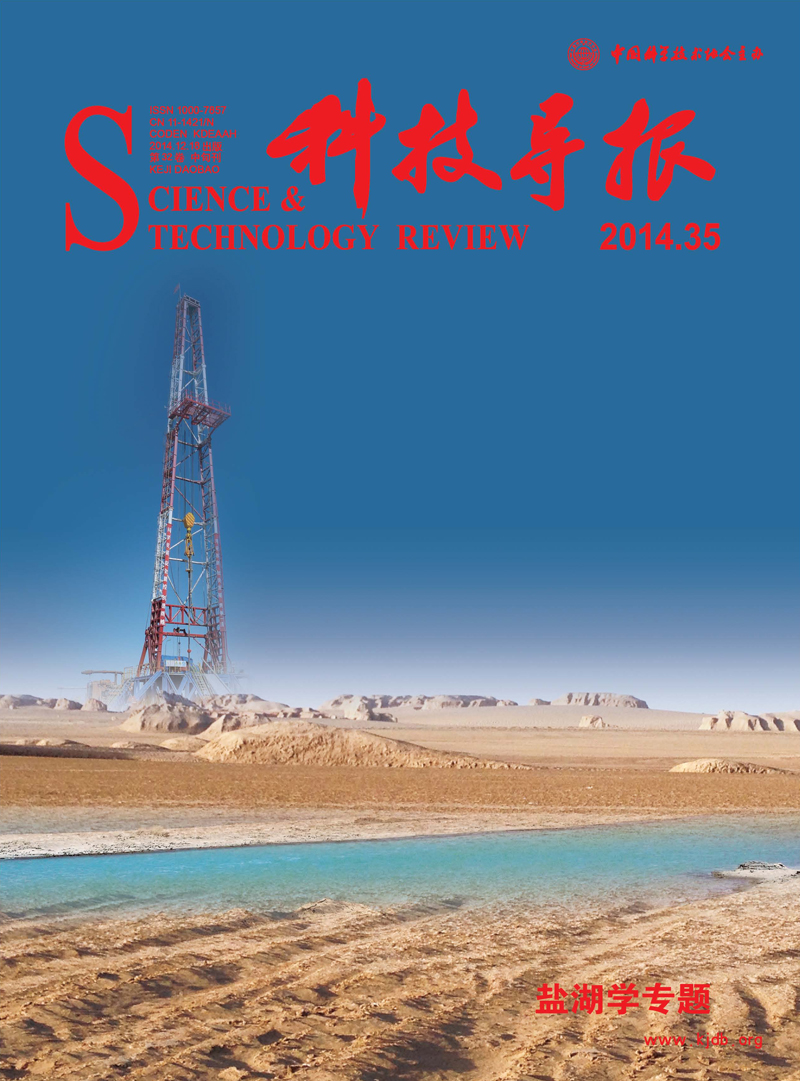XING Enyuan, ZHANG Yongsheng, SU Kui, PAN Wei, JIANG Suyang
The sedimentary environment of salt-bearing strate is more advantageous than the source rock, and there are many kinds of other minerals. The vertical continuous 551 hydrocarbon source rock continuous geochemical data for Well Zhenjia1 are obtained by the pyrolysis experiments, and by the degradation ratio method after restoring the organic carbon, combined with a comprehensive analysis of the single well facies display, it is shown that the geochemical indicators of Majiagou Formation source rock in Well Zhenjia1 are in overall low,a part of the samples are in normal- good level, mostly in the 5th Majiagou member. The organic abundance as well as the TOC averaged value are 0.18%, the TOC of the 2nd Majiagou member is the highest, with the average value of 0.28%, and the 5th Majiagou member has the highest value of 1.04%. The types of organics in Well Zhenjia1 are mainly type III kerogen, with type I and II kerogen, distributed in the M4 and M5 in the source rock in some parts of the well. On the whole, the maturity of the source rock of Majiagou Formation is over-high, and the main production is gas. The lagoon facies is most conducive to the development of hydrocarbon source rocks, and the open platform facies takes the second place. Relatively high TOC value is usually seen in the dark grey micritic limestone-(gypsum) penecontemporaneous gray dolomite-in smoke gray halite evaporation cycle, which is a common phenomena in the 5th Majiagou member. With respect to the vertical variation characteristics of organic parameters of hydrocarbon source rocks, it is shown that the 5th Majiagou member is the most favorable strata for development of source rocks, at the same time, this layer is also the most favorable strata for potash and halite deposits. Coupling of multiple potential mineral resources indicate that the 5th Majiagou member is a favorable metallogenic strata for gas, halite and potash, which provides some hints for future investigations of mineral resources.


